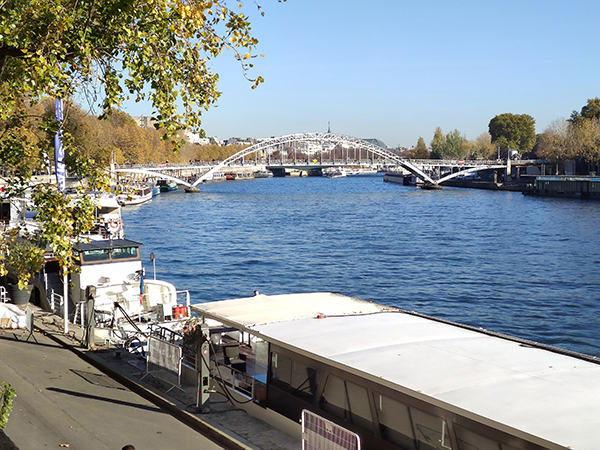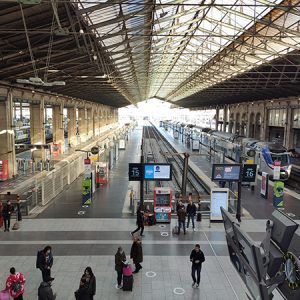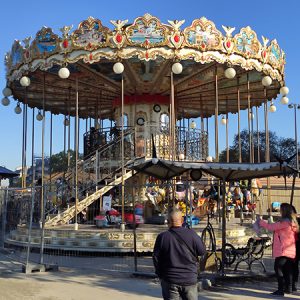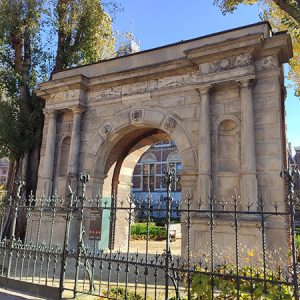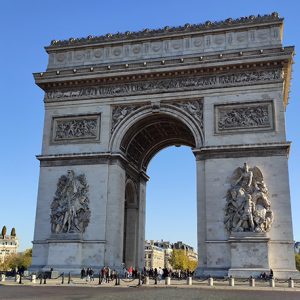Seine River in Paris (France)
$ 30,00
Description
Location: Seine River in Paris (France)
Taken on: November 11, 2022
Format: JPEG
File size: 6.2 MB
Dimensions: 3264 x 2448 pixels
DPI: 300
Photographer: Andrey Kashukov, Cyprus
Photo can be used in posters, brochures, magazines, websites, blogs, business cards, applications, social media branding, packaging, postcards, notebooks, invitation backgrounds, flyers, banners, badges, stickers, collages, booklets, illustrations, etc.
Photo can be used in applications: Adobe Photoshop, Adobe Photoshop Lightroom, Adobe Photoshop Elements, Adobe InDesign, Adobe Illustrator, Adobe XD, Adobe Express, Adobe After Effects, GIMP, Photopea, Krita, Pixlr E, Pixlr X, Paint.NET, Affinity Photo, Corel PaintShop Pro, CorelDRAW Graphics Suite, Capture One Pro, Luminar Neo, Pixelmator Pro, ACDSee Photo Studio Ultimate, Affinity Designer, Procreate, Sketch, etc.
A scenic photograph captures the tranquil beauty of the Seine River in Paris, France, on a clear day in November 2022. The image is dominated by the wide expanse of the blue river, with several boats and barges docked along the left bank, some featuring white awnings and visible railings.
In the mid-ground, the elegant white arches of the Passerelle Debilly (also known as Pont Debilly) stretch across the river, connecting the two banks. Beyond the bridge, the cityscape of Paris is visible, with buildings and trees lining the horizon under a bright blue sky.
The left side of the frame is adorned with the vibrant green and yellow foliage of an autumnal tree, its leaves providing a natural border and a touch of seasonal color to the scene. The overall impression is one of peaceful Parisian charm, showcasing both its iconic waterways and architectural landmarks.
The Seine River is one of France’s most iconic and historically significant waterways, famously flowing through the heart of Paris.
General Characteristics:
- Length: Approximately 777 kilometers (483 miles), making it the second-longest river in France (after the Loire).
- Source: It originates in the Langres plateau, near Dijon in northeastern France, specifically at a site called Source-Seine, which is owned by the city of Paris.
- Mouth: It empties into the English Channel at Le Havre (and Honfleur on the left bank), forming a significant estuary.
- Navigability: The Seine is highly navigable. Ocean-going vessels can reach as far inland as Rouen (about 120 km from the sea), while commercial barges and push-tows can use the river much further upstream, reaching Marcilly-sur-Seine.
- Flow: The river is relatively slow-flowing and its depth in Paris is largely controlled by a system of locks, making it consistently navigable through the city.
Through Paris:
- Heart of the City: The Seine is absolutely central to the identity and geography of Paris. It flows for about 13 kilometers (8 miles) through the city center, dividing it into the famous Left Bank (Rive Gauche) to the south and the Right Bank (Rive Droite) to the north. These two banks are UNESCO World Heritage Sites.
- Iconic Landmarks: Many of Paris’s most famous monuments and attractions are situated along its banks, including the Louvre Museum, Notre-Dame Cathedral (on Île de la Cité, one of two natural islands in the river within Paris), the Eiffel Tower, Musée d’Orsay, and the Grand Palais.
- Bridges: Over 37 bridges span the Seine within Paris, each with its own history and architectural style. Notable examples include the oldest, Pont Neuf, and the highly ornate Pont Alexandre III.
- Bouquinistes: A unique and charming feature of the Parisian Seine are the “bouquinistes” – independent booksellers who operate from distinctive green metal boxes along the riverbanks, selling old books, prints, and collectibles.
- Cultural Significance: The river has long been a muse for artists, writers, and poets, and its banks are lined with cafés, promenades, and bustling quays, making it a vibrant focal point of Parisian life. Boat cruises on the Seine are a popular way for tourists to see the city’s highlights, especially at night when Paris is illuminated.
Beyond Paris:
- Drainage Basin: The Seine River basin is extensive, covering most of northern France and playing a vital role in agriculture and industry.
- Tributaries: Key tributaries include the Marne, Oise, Yonne, and Aube.
- Historical Importance: The Seine has been a crucial transportation and trade route for thousands of years, from Celtic settlements and Roman Lutetia to Viking raids and pivotal moments in French history.
In essence, the Seine River in Paris is much more than a geographical feature; it’s the city’s lifeblood, a historical witness, a cultural hub, and an enduring symbol of French romance and beauty.
